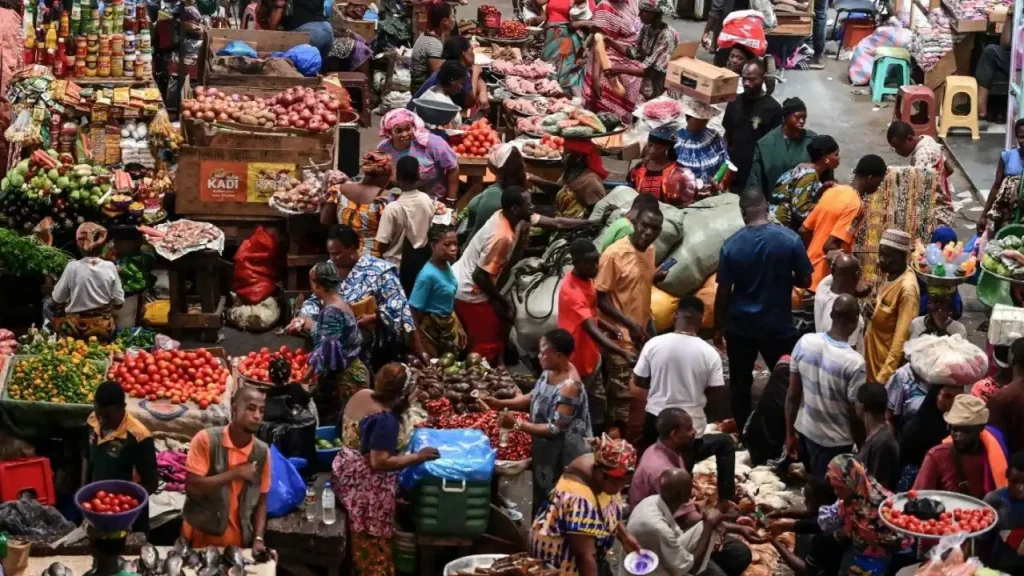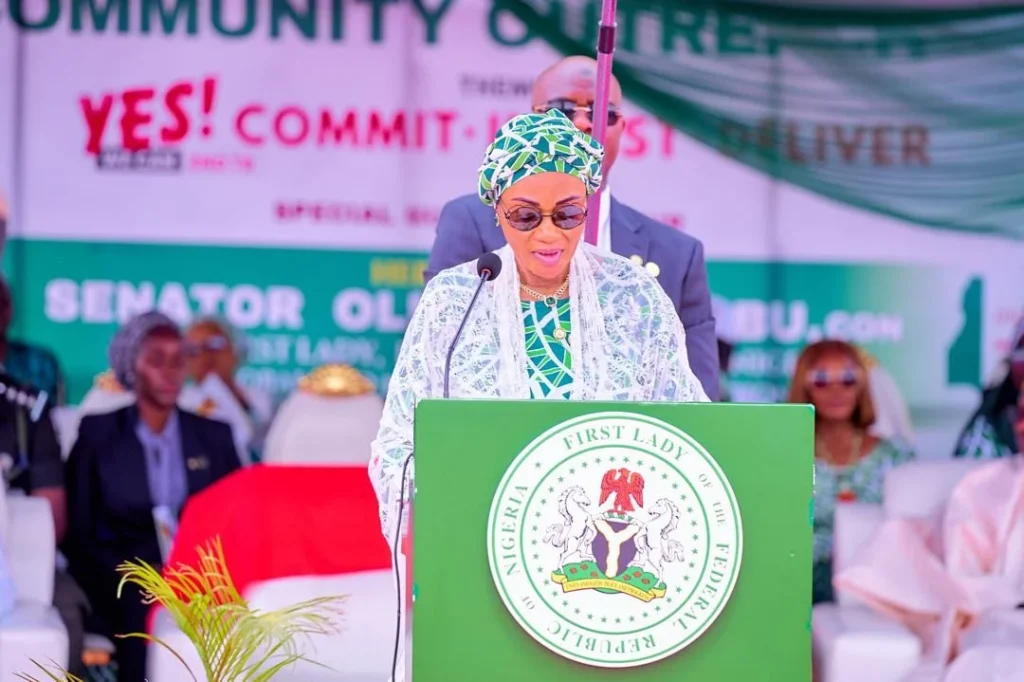Africa stands on the cusp of transformation. With a youthful population exploding to over 4 billion by 2100, the continent could claim 25% of the world’s GDP.
But which nations will drive this surge? Projections point to five powerhouses: Nigeria, Egypt, Ethiopia, Kenya, and South Africa. Their projected economies from 2 to 8 trillion dollars, hinge on natural resources, innovation, and demographic dividends. Let’s explore how these countries could reshape Africa’s global clout.
Nigeria: The Giant Awakens (6-8 Trillion GDP)
Nigeria, Africa’s most populous nation, eyes a 6-8 trillion GDP by 2100. Its youth bulge – over 60% under 25 fuels a vast labor force ready for tech startups and financial services. Energy wealth from oil, gas, and renewables powers factories and exports.
Imagine Lagos as a Silicon Valley of Africa, with fintech apps and blockchain hubs rivaling Wall Street. Challenges like infrastructure gaps loom, but with smart policies, Nigeria could anchor the continent’s economic boom, exporting talent and innovation worldwide.
Egypt: The Canal King’s Comeback (4-7 Trillion GDP)
Egypt’s 4-7 trillion economy in 2105 builds on its Suez Canal lifeline, a global trade chokepoint handling 12% of world shipping. Manufacturing hubs in the Nile Delta churn out electronics and textiles for Europe and Asia.
Green energy from desert solar farms and wind could make Cairo a renewable powerhouse, powering electric vehicles and desalination plants.
The Nile’s legacy meets modern logistics: think smart ports and AI-driven supply chains. With 120 million people by century’s end, Egypt’s blend of history and hustle positions it as the Middle East-Africa bridge.
Ethiopia: The Agricultural Powerhouse (3-5 Trillion GDP)
Ethiopia’s 3-5 trillion GDP springs from fertile highlands and rising population – projected at 300 million by 2100. Agriculture evolves with high-yield crops and agritech, exporting coffee, teff, and biofuels to Asia.
Hydropower from the Grand Ethiopian Renaissance Dam lights up factories and exports clean energy to neighbors. Urban centers like Addis Ababa swell into innovation clusters, blending tradition with drone farming and biotech.
Ethiopia’s demographic dividend a young, educated workforce could make it Africa’s breadbasket, feeding a hungry world.
Kenya: Africa’s Tech Beacon (2.5-4 Trillion GDP)
Kenya ignites the continent’s digital fire, targeting 2.5-4 trillion by 2105. Nairobi’s Silicon Savannah leads in mobile money, AI, and e-commerce, with startups like M-Pesa scaling to billions. Services sector booms think BPO hubs and tourism tech for safari bookings via VR.
Youth innovation drives green startups, from solar microgrids to carbon trading apps. With 100 million people, Kenya’s English fluency and stable politics attract FDI, positioning it as the East African gateway to global markets.
South Africa: The Industrial Anchor (2-3 Trillion GDP)
South Africa steadies the pack with a 2-3 trillion GDP, leveraging its mineral riches – platinum, gold, and rare earths for EV batteries.
Finance from Johannesburg’s JSE funds regional trade. Industrial base upgrades with automation and renewables, turning mines into smart hubs.
Despite challenges like inequality, skilled workforce and ports like Durban keep it competitive. In 2105, South Africa could be Africa’s manufacturing engine, exporting cars and chemicals to the world.
Africa’s Unified Rise
These five nations could push Africa’s total GDP to $25 trillion by 2105. Youth energy, resource smarts, and tech leaps fuel the charge.
Challenges? Climate change, inequality, and governance. But united, Africa could eclipse Europe in influence.
Which African powerhouse excites you most? Nigeria’s tech or Ethiopia’s farms?
MORE NEWS:Lookman Breaks Goal Drought with Stunner Against Milan























